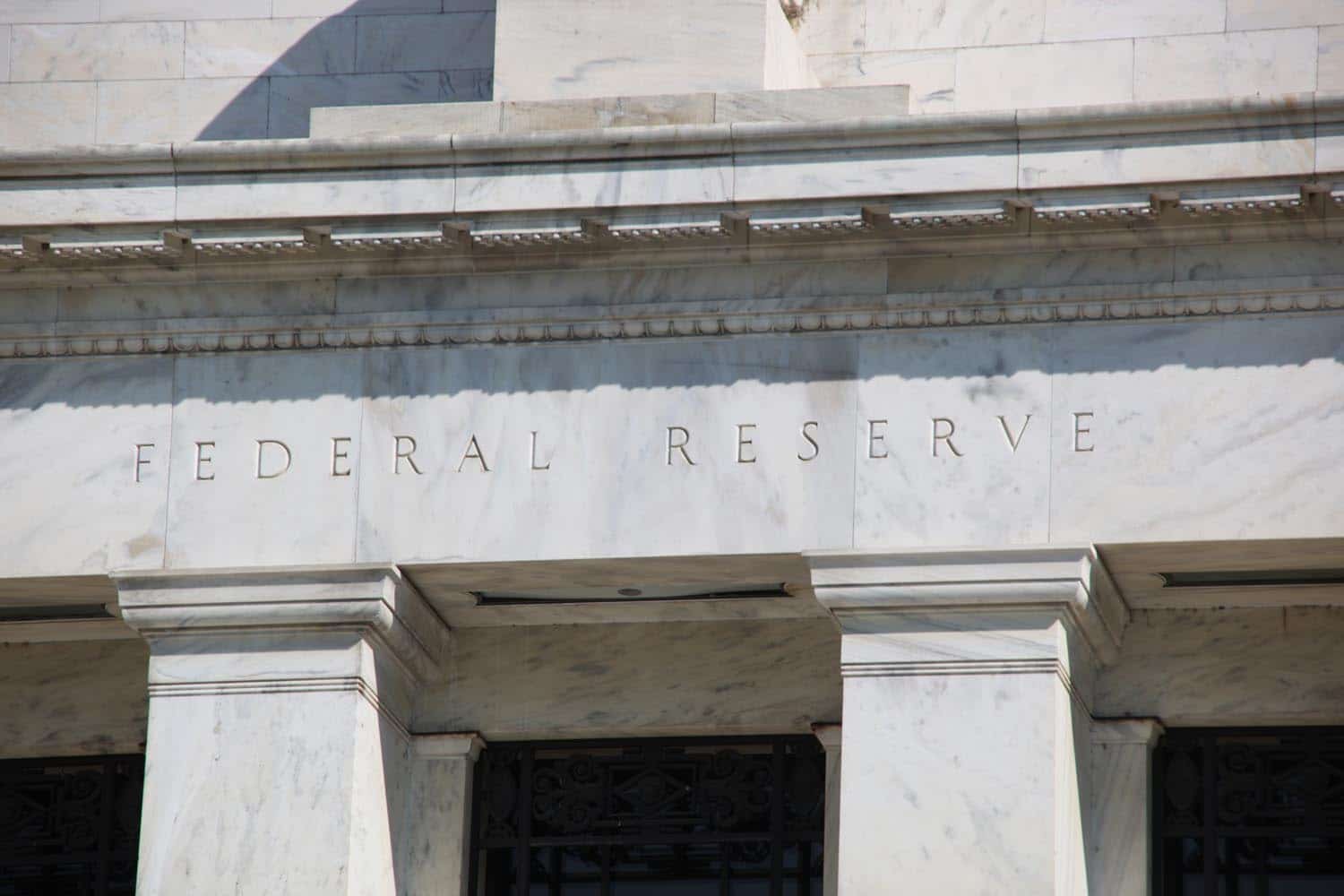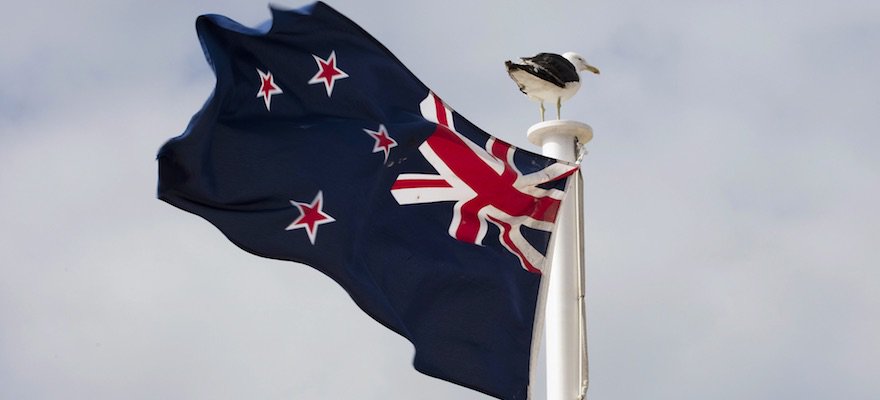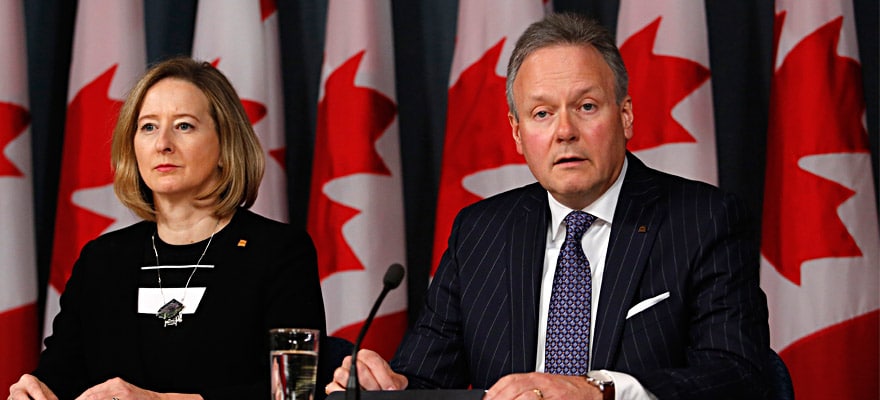The issue that has preoccupied the currency market more than anything else this year – aside perhaps from the Greek debt issue – is when the world’s largest single-country economy will raise interest rates.
The US Federal Reserve Bank has not increased the Fed Funds Target Rate since June 2006. Exactly when they will do so depends on the health of the economy, as reflected in the data.
The Fed have said they won’t begin lifting their benchmark federal funds rate from near zero until they see more improvement in the labour market and are confident inflation will rise toward their 2% target. The Fed are data dependent, and the last two weeks of data has been positive.
Quarter one data was poor overall and the Fed attributed this to transitory factors in their April statement. Thus far they have been proven correct; data has improved and of note was last Friday’s Core CPI reading which came in better than expected. Inflation has been the weakest link for all major economies this year, since the massive drop in oil prices, and the US is no exception.
It’s within the context of low inflation that the recent better-than-expected Core CPI readings become so important. Annual core inflation is at 1.8% which is only 0.2% below the target. In normal times the target inflation rate would refer to the total CPI however given the considerable drop in oil prices, the Fed will be more focussed on core readings.
The Fed have stated: “Core inflation measures that leave out items with volatile prices can be useful in assessing inflation trends.” A core CPI reading of 1.8% may suggest that inflation is on its way back to 2%, as the Fed requires.
Throughout 2014 the employment situation was healthy and unemployment gradually dropped to where it now is at 5.4% which is the lowest since 2008. However it is also wage growth that the Fed want to see increase.
The recent reading came in worse than expected at 0.1% down from 0.6% in January. A rise in this number during NFP next week will send a strong signal about the improvements in the labour market that the Fed have said they are waiting for.
The data certainly warrants a rate rise this year and Yellen confirmed this during a speech last Friday. The question is when.
Below is a list of upcoming Fed rate meetings this year and their associated rate hike probability as per CME Group Interest Rate Contracts. The numbers show the probability of any rate increase at that particular meeting, not necessarily the first rate hike; it includes the probability of subsequent rate hikes.
June 17: 0% July 29: 8% September 17: 27% October 29: 46% December 16: 61%
On Tuesday Richmond Federal Reserve Bank President Jeffrey Lacker, who is a voter on the FOMC, said he still hasn’t decided whether to vote for an interest-rate increase at the central bank’s June 16-17 meeting. “I haven’t made up my mind yet about June, I am going to wait and see what the data reveals. Generally the data have borne out the notion that the weakness was transitory, we’re looking to see whether the next few weeks will bear that out as well.” Lacker said.
Meanwhile, also on Tuesday Vice Chairman Stanley Fischer said that while markets largely expect the first rate hike in September, it will be determined by data and not by date. "If the economy is growing very, very slowly we will wait. If the economy is growing faster we will do it quicker.”
It appears that the Fed members themselves have not yet decided when they will raise rates so we must look to the data. Last Friday’s Preliminary GDP and this week’s NFP comes out better in all areas, this may cause some individual Fed members to consider a rate increase at the June meeting, despite the market largely pricing this out.
In essence, all US related data over the coming days and weeks is going to be vitally important to inform the market about when the first rate hike will occur. There is good reason to believe we are very close.






















